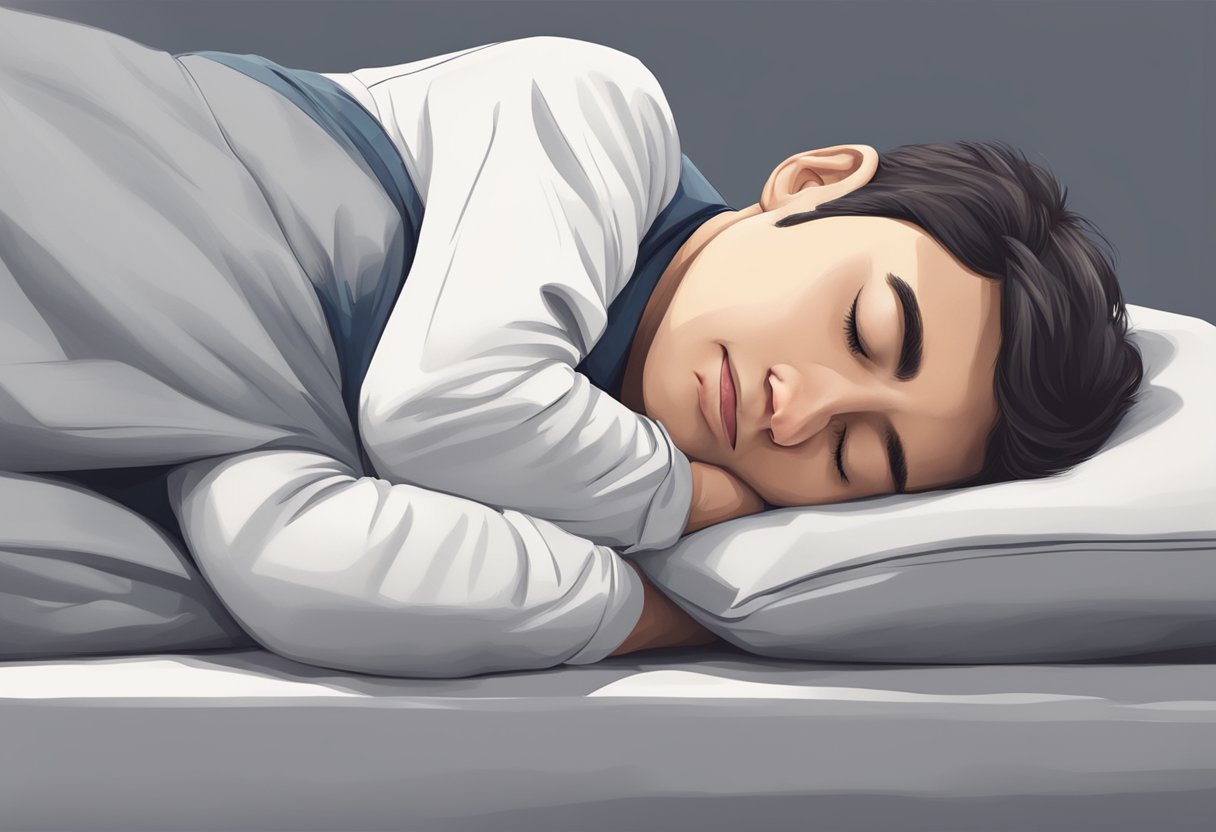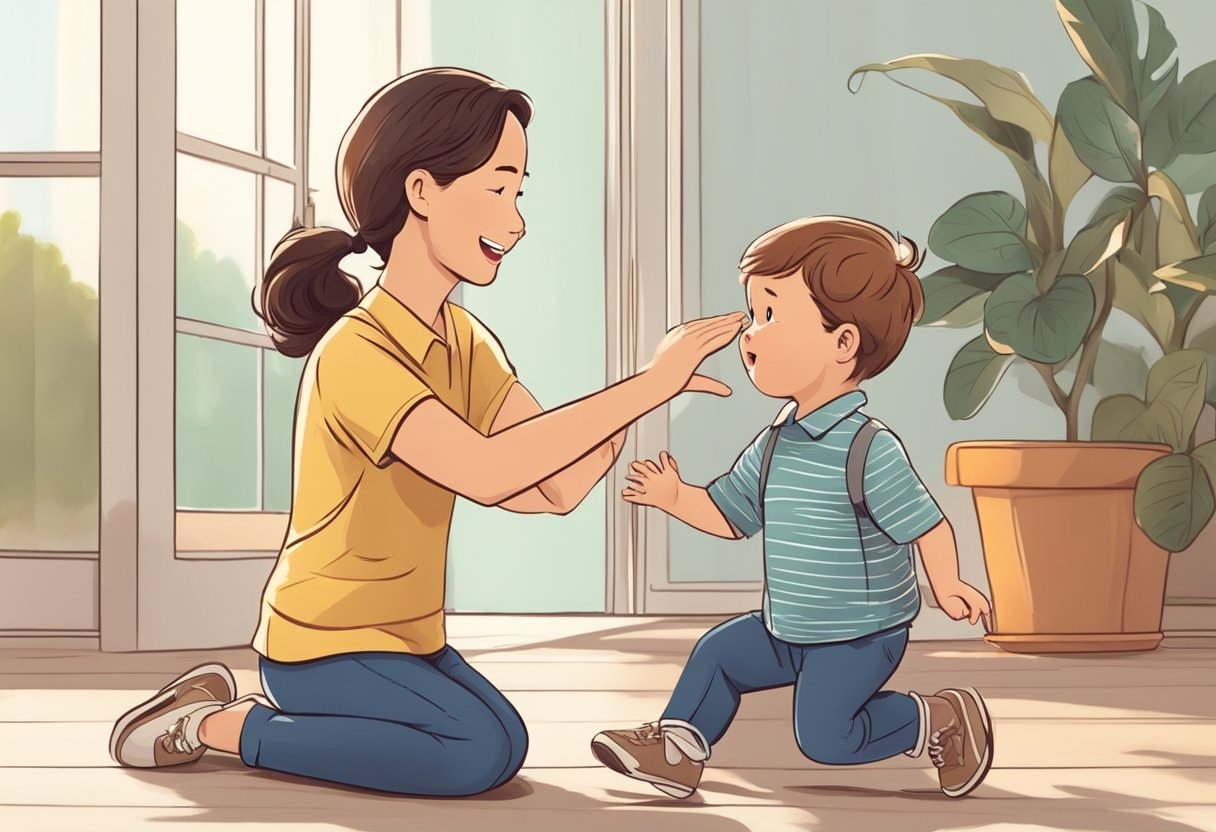Sleep apnea is a common sleep disorder that affects millions of people worldwide. It is characterized by pauses in breathing during sleep, which can lead to a range of health problems if left untreated. While there are several treatments available for sleep apnea, one of the most effective ways to manage the condition is by changing your sleep position to find the best position for sleep apnea.
One of the key factors in managing sleep apnea is finding the right sleeping position. Sleeping on your back, for example, can worsen the condition by causing the tongue and soft tissues in the throat to collapse and block the airway. On the other hand, sleeping on your side can help keep the airway open and reduce the frequency and duration of breathing pauses. However, not all side sleeping positions are created equal, and some may be more effective than others in managing sleep apnea.
Understanding Sleep Apnea
Defining Sleep Apnea
Sleep apnea is a sleep disorder that causes breathing to stop and start repeatedly during sleep. It is characterized by loud snoring, gasping or choking during sleep, and excessive daytime sleepiness. There are three types of sleep apnea: obstructive sleep apnea, central sleep apnea, and complex sleep apnea syndrome.
Obstructive sleep apnea is the most common type of sleep apnea and occurs when the muscles in the back of the throat fail to keep the airway open, despite the effort to breathe. Central sleep apnea occurs when the brain fails to send the right signals to the muscles that control breathing. Complex sleep apnea syndrome is a combination of both obstructive and central sleep apnea.
Causes and Risk Factors
The exact causes of sleep apnea are not fully understood, but certain risk factors increase the likelihood of developing the disorder. Some of these risk factors include obesity, smoking, alcohol consumption, family history, and certain medical conditions such as high blood pressure and diabetes.
Obesity is one of the most significant risk factors for sleep apnea, as excess weight can cause fat to accumulate in the neck area, obstructing the airway during sleep. Smoking and alcohol consumption can also contribute to sleep apnea by causing inflammation and irritation in the airway.
In addition, certain medical conditions such as high blood pressure and diabetes can increase the risk of developing sleep apnea. People with a family history of sleep apnea are also more likely to develop the disorder.
Overall, understanding the causes and risk factors of sleep apnea is important for identifying and treating the disorder. By addressing these risk factors, individuals can reduce their risk of developing sleep apnea and improve their overall health and well-being.
Best Sleeping Positions for Sleep Apnea
Sleep apnea is a sleep disorder that affects a significant number of people worldwide. It is characterized by the temporary cessation of breathing during sleep, which can lead to a variety of health problems. Fortunately, a specific sleeping position is beneficial in helping alleviate the symptoms of sleep apnea.
Lateral (Side) Sleeping Position
Sleeping on your side is one of the best sleeping positions for sleep apnea. This position can help keep your airway open by preventing your tongue and soft palate from collapsing into the back of your throat. It can also reduce snoring, a common symptom of sleep apnea.
To sleep on your side, you can use a body pillow to keep your body in a comfortable position. You can also try sleeping on a wedge pillow, which can elevate your head and upper body slightly to help keep your airway open.
Elevated Head Position
Sleeping with your head elevated can also help alleviate sleep apnea symptoms. This position can help reduce the amount of pressure on your airway, which can make it easier to breathe. It can also reduce snoring and improve the quality of your sleep.
To sleep with your head elevated, you can use a wedge pillow or an adjustable bed. Make sure that your head is elevated by at least 30 degrees to get the best results.
In conclusion, the lateral sleeping position and the elevated head position are two of the best sleeping positions for sleep apnea. By sleeping in these positions, you can reduce the symptoms of sleep apnea and improve the quality of your sleep.
Lifestyle and Environmental Adjustments
Weight Management
Maintaining a healthy weight is crucial for those with sleep apnea. Excess weight can lead to the narrowing of the airway, which can exacerbate sleep apnea symptoms. Losing weight can help reduce the severity of the condition and improve overall health.
A balanced diet and regular exercise are important for weight management. It is recommended to consult a healthcare professional or a registered dietitian to create a personalized plan for weight loss.
Sleep Environment Optimization
Creating a comfortable and conducive sleep environment can help improve sleep quality and reduce sleep apnea symptoms. Here are some tips to optimize the sleep environment:
- Use a comfortable and supportive mattress and pillow.
- Keep the bedroom cool, quiet, and dark.
- Use a white noise machine to mask outside noise.
- Avoid using electronic devices before bedtime.
- Use a humidifier to keep the air moist and prevent dryness in the airways.
Making these lifestyle and environmental adjustments can help alleviate sleep apnea symptoms and improve overall sleep quality. It is important to consult with a healthcare professional for personalized advice and treatment options.
Medical Interventions and Devices
Continuous Positive Airway Pressure (CPAP) Therapy
Continuous Positive Airway Pressure (CPAP) therapy is a common treatment for sleep apnea. It involves wearing a mask over the nose or mouth, which is connected to a machine that delivers a steady flow of air pressure to keep the airway open during sleep. CPAP therapy is highly effective in reducing the symptoms of sleep apnea, such as snoring and daytime sleepiness.
CPAP machines come in different types and sizes, and there are various masks to choose from. Some machines are designed to be portable, making it easier for patients to travel with them. CPAP therapy requires a prescription from a healthcare provider, and it is important to follow the recommended settings and maintenance instructions.
Oral Appliances
Oral appliances are another option for treating sleep apnea. They are custom-made devices that fit in the mouth and help keep the airway open during sleep. Oral appliances work by repositioning the jaw or tongue to prevent the collapse of the airway.
Oral appliances are typically recommended for patients with mild to moderate sleep apnea who cannot tolerate CPAP therapy or prefer an alternative treatment. They are easy to use and do not require electricity or a machine. However, they may not be as effective as CPAP therapy for severe cases of sleep apnea.
It is important to consult with a healthcare provider to determine the best treatment option for sleep apnea. Medical interventions and devices, such as CPAP therapy and oral appliances, can significantly improve the quality of life for patients with sleep apnea.











